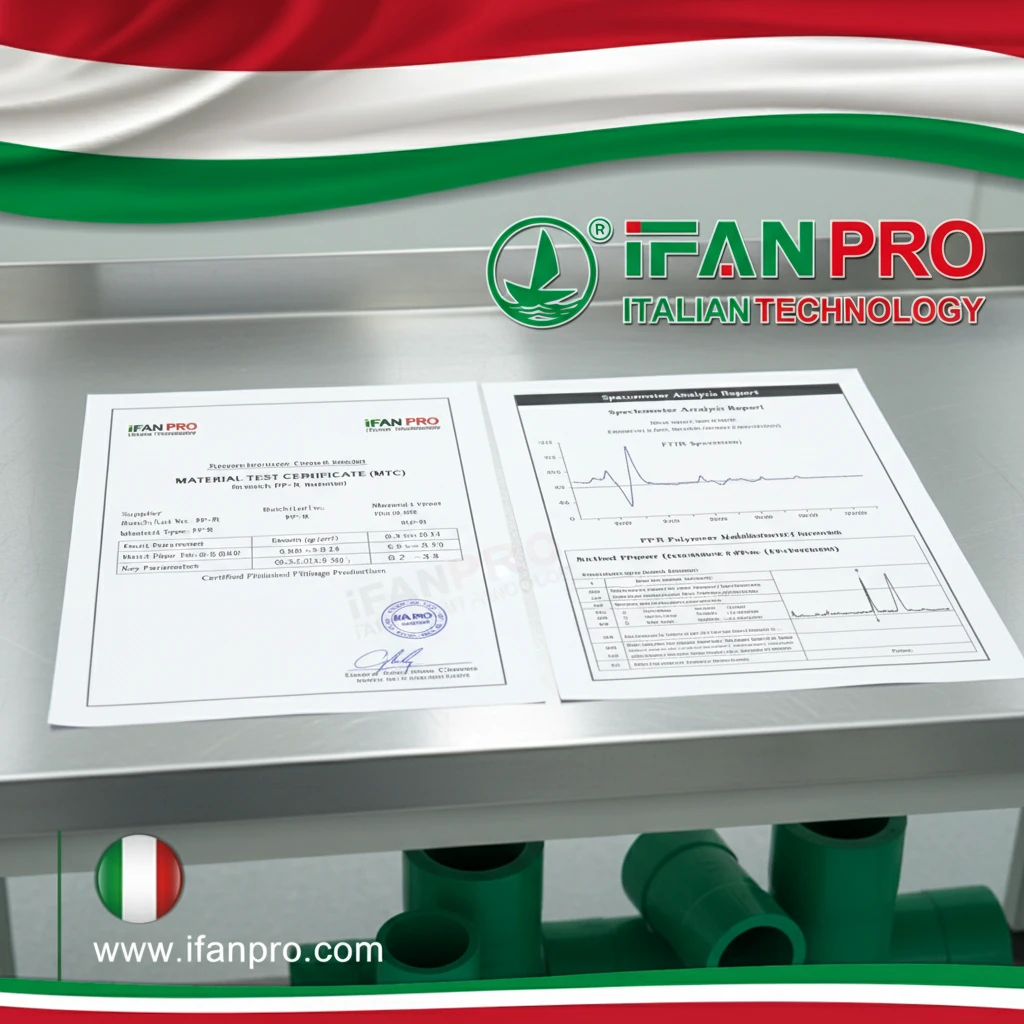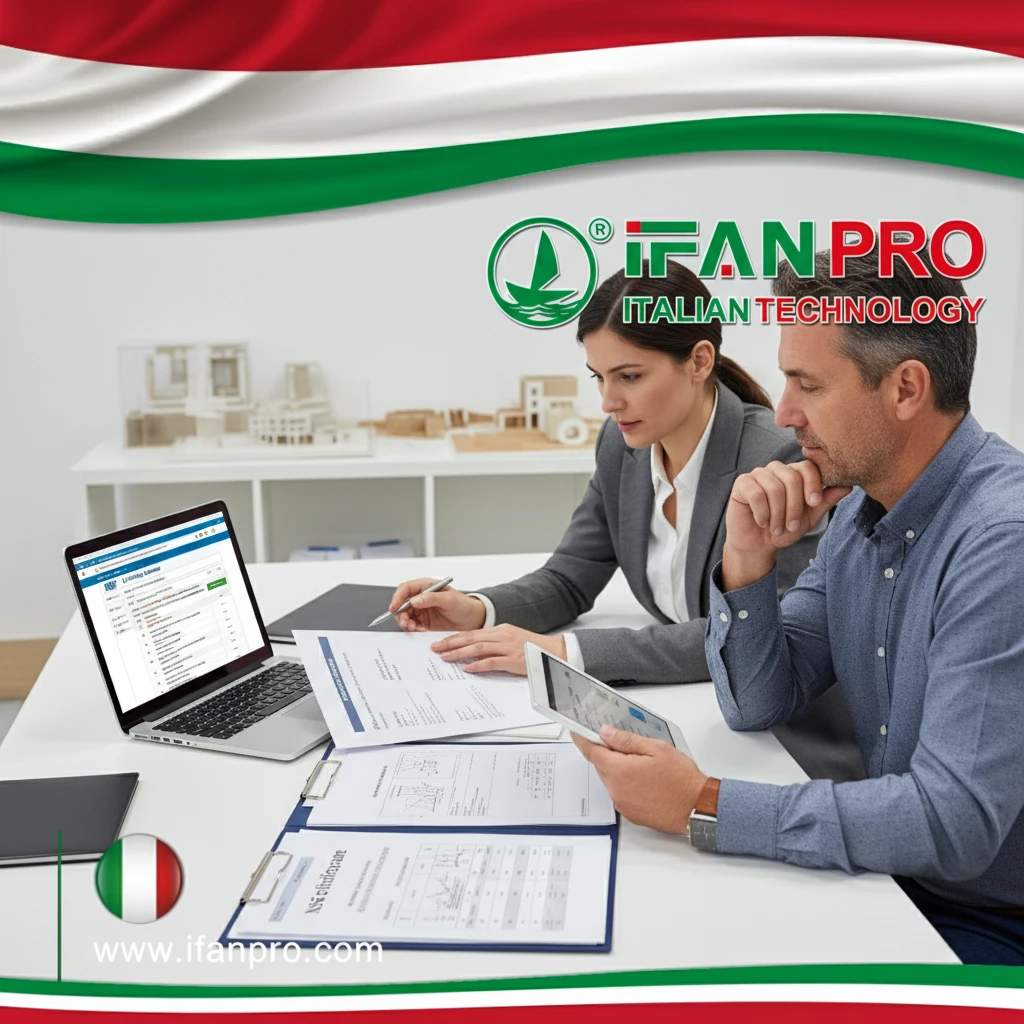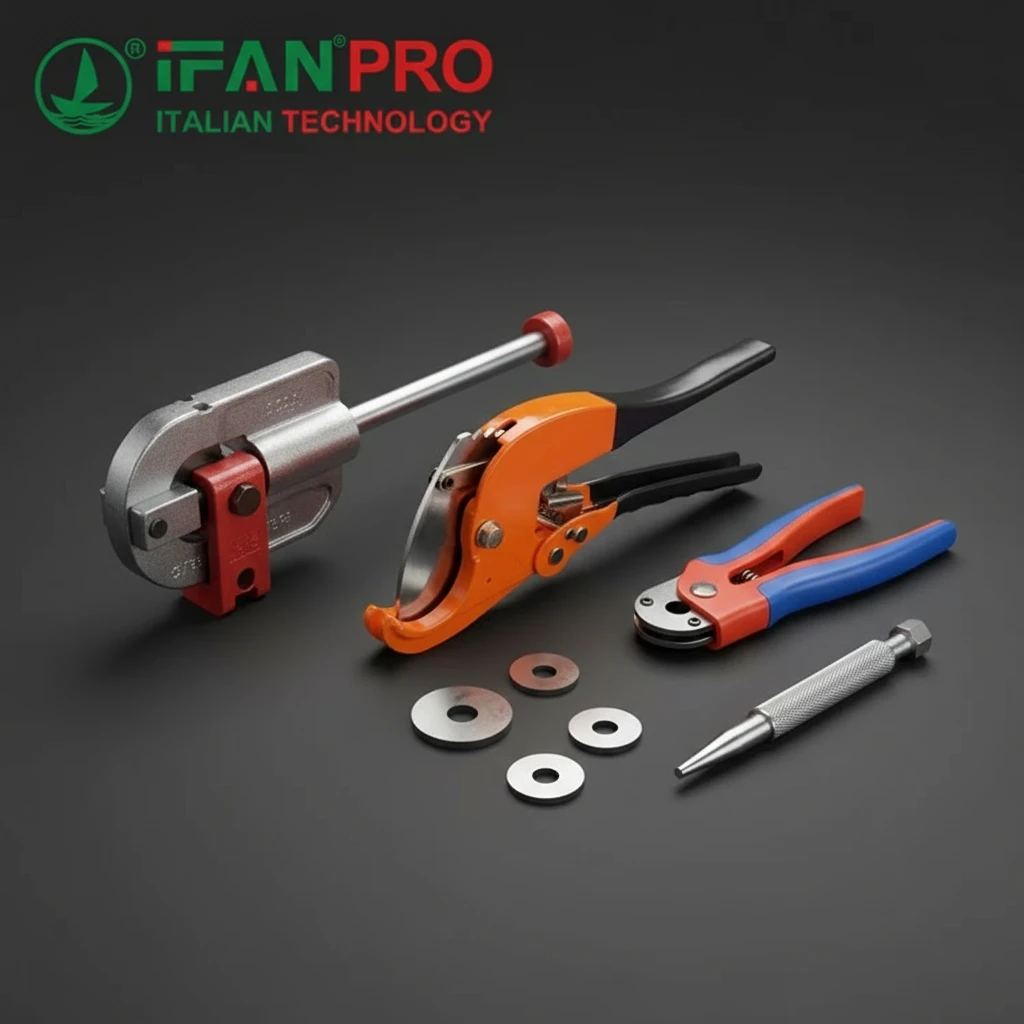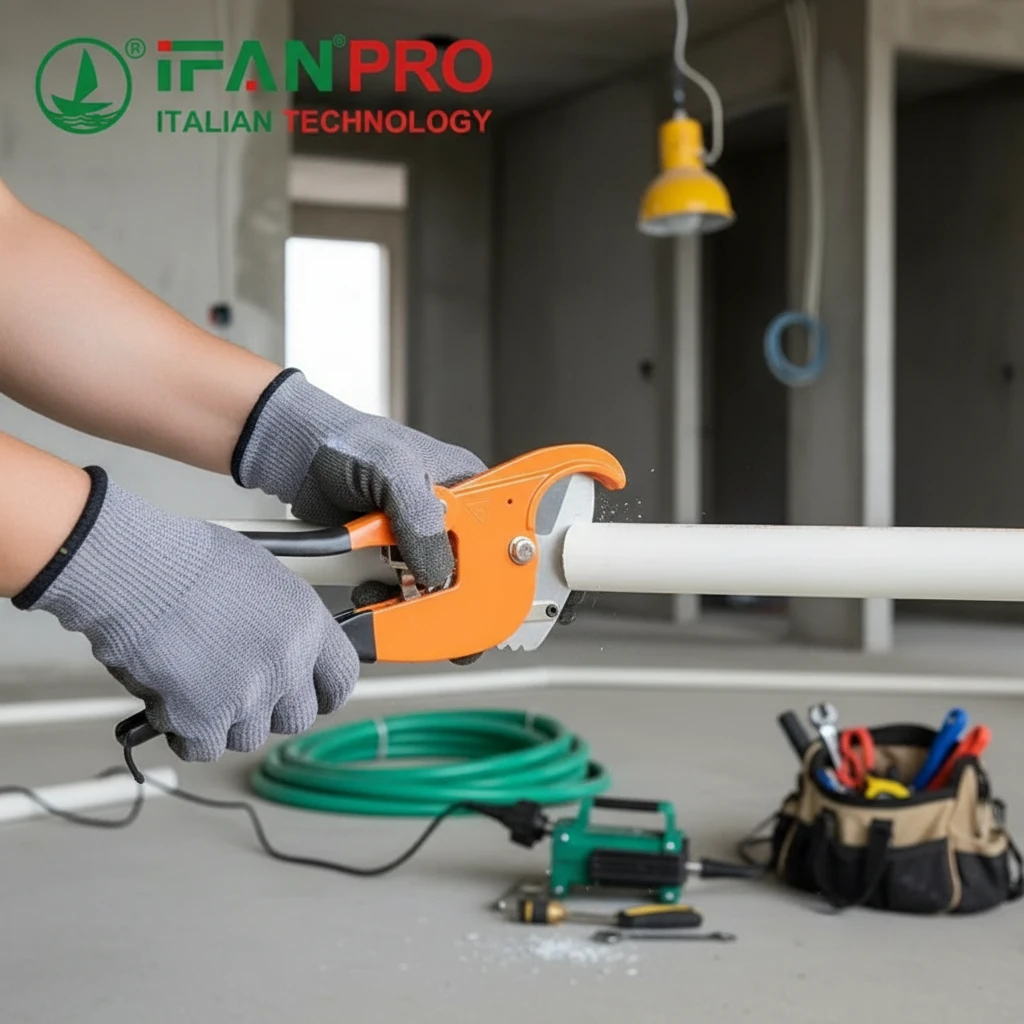I recently worked with a client who received non-compliant fittings that failed basic pressure tests. This experience taught me why international certification matters so much in our industry.
International certification means a pipe fitting meets specific quality, safety, and performance standards set by global organizations. These certifications are proven through rigorous testing of materials, dimensions, pressure resistance, and durability. They ensure the fitting will perform reliably in plumbing systems worldwide and are backed by proper documentation from accredited testing laboratories.
Understanding certification requirements can help you avoid costly mistakes and ensure project success. Let me break down what makes a fitting truly internationally certified.
Which International Standards Govern Quality Certification for Pipe Fittings?
Many buyers struggle to understand which standards actually matter for their specific projects and region.
The main international standards for pipe fittings include ISO 9001 for quality management, ISO 15874 for PP-R systems, ASTM standards for material specifications, and EN standards for European markets. Additionally, regional certifications like NSF/ANSI 61 for North America and WRAS for the UK ensure compliance with local water safety regulations.

Understanding the Standard Framework
International standards create a common language for quality and safety across global markets. When we talk about certified fittings, we’re referring to products that meet these established benchmarks.
The foundation begins with ISO (International Organization for Standardization) standards. ISO 9001 isn’t about product quality directly but certifies that the manufacturer has consistent quality control processes. This is crucial because it means every batch of fittings should meet the same standards. For plastic piping systems, ISO 15874 specifically covers PP-R materials and dimensions.
Regional Certification Requirements
Different markets have additional requirements. In North America, NSF/ANSI 61 certification is essential for potable water applications. This standard ensures fittings don’t leach harmful substances into drinking water. In the UK, WRAS (Water Regulations Advisory Scheme) approval is mandatory. Germany requires DVGW certification, while France uses ACS certification.
Key International Standards for Pipe Fittings
| Standard | Region | What It Covers | Importance |
|---|---|---|---|
| ISO 9001 | Global | Quality Management Systems | Ensures consistent manufacturing quality |
| ISO 15874 | Global | PP-R piping systems | Standardizes dimensions and performance |
| NSF/ANSI 61 | North America | Drinking water system components | Ensures water safety |
| EN 1254 | Europe | Copper and copper alloy fittings | Standardizes mechanical joints |
| ASTM F437 | International | Threaded chlorinated PVC fittings | Standardizes socket threads |
Many manufacturers pursue multiple certifications to serve global markets. At IFAN, we maintain certifications for all major markets, which allows our clients to use the same fittings in projects worldwide without worrying about compliance issues.
What Testing Procedures Ensure Fittings Meet International Certification Requirements?
I’ve seen how proper testing prevents field failures, saving clients from expensive repairs and reputational damage.
International certification testing includes pressure tests measuring burst strength and sustained pressure resistance, temperature cycling tests, material composition analysis, dimensional checks, and accelerated aging studies. These tests simulate decades of real-world use in controlled laboratory conditions to verify long-term reliability and safety.

Pressure Testing Protocols
Pressure testing forms the core of certification requirements. Laboratories conduct several types of pressure tests to ensure fittings can withstand real-world conditions.
The hydrostatic pressure test subjects fittings to internal water pressure significantly higher than normal operating levels. This measures both burst pressure (the point of failure) and sustained pressure resistance (long-term performance). For example, PP-R fittings must typically withstand 20°C water at 16 bar pressure for at least 1 hour without failure.
Pressure cycling tests are equally important. These tests rapidly alternate between high and low pressure, simulating the stress of daily use in residential and commercial systems. Fittings must endure thousands of these cycles without developing leaks or cracks.
Material and Durability Testing
Material testing verifies chemical composition and physical properties. Spectroscopy analysis confirms the raw material quality, ensuring no recycled or substandard materials are used. Melt flow rate tests check the polymer’s viscosity and processing characteristics.
Accelerated aging studies expose fittings to extreme conditions. This includes high temperatures, UV radiation, and chemical exposure to simulate years of service in a matter of months. The fittings are then retested to ensure they maintain their mechanical properties and structural integrity.
Common Certification Tests and Requirements
| Test Type | Duration | Parameters Measured | Pass Criteria |
|---|---|---|---|
| Hydrostatic Strength | 1,000 hours | Burst pressure, creep resistance | No rupture or leakage |
| Thermal Cycling | 5,000 cycles | -10°C to 95°C temperature changes | No visible damage or leaks |
| Melt Flow Rate | 30 minutes | Material viscosity at specific temperature | Within standard specified range |
| Tensile Strength | Until failure | Material strength under stretching force | Meets minimum strength requirement |
| Химическая стойкость | 30-90 days | Exposure to various chemicals | No significant deterioration |
These comprehensive testing procedures ensure that when you receive certified fittings, they have already proven their reliability under conditions more severe than they’ll encounter in actual installation.
How Do Material Specifications Affect International Certification of Pipe Fittings?
Choosing the wrong material specification leads to certification failures and project delays, as I’ve witnessed in several cases.
Material specifications directly determine certification eligibility because standards define exact requirements for material composition, density, thermal properties, and mechanical strength. Only fittings made from specific grades of raw materials with documented traceability can achieve international certification, as improper materials fail critical pressure and longevity tests.

Raw Material Quality Requirements
The certification process begins with raw material selection. International standards specify exactly what materials are acceptable for different applications and environments.
For plastic fittings, this means using virgin materials of specific polymer grades. For example, PP-R Type 3 (random copolymer polypropylene) must meet ISO 15874 specifications for density, melt flow rate, and thermal stability. Using recycled material or the wrong polymer type automatically disqualifies fittings from certification, even if dimensions appear correct.
Material traceability is equally important. Certified manufacturers must maintain batch records showing material origin, manufacturing date, and storage conditions. This ensures every fitting can be traced back to specific raw material lots that meet standard requirements.
Performance Characteristics
Material composition directly affects key performance characteristics that certification tests verify:
Thermal properties determine how fittings handle hot water systems. Certified materials must maintain structural integrity at elevated temperatures without deforming or weakening. This is particularly important for heating systems where temperatures can reach 95°C.
Chemical resistance ensures fittings don’t deteriorate when exposed to water treatment chemicals or soil conditions. Certified materials undergo testing with various chemicals to verify long-term resistance.
Mechanical strength requirements ensure fittings can handle installation stresses and operational pressures. This includes tensile strength, impact resistance, and stress crack resistance.
Material Requirements by Standard
| Material Type | Key Standards | Required Properties | Common Applications |
|---|---|---|---|
| PP-R | ISO 15874, DIN 8077/8078 | Density: 0.905 g/cm³, MFR: 0.3-0.5 g/10min | Hot/cold water systems |
| Copper | EN 1254, ASTM B62 | Copper content >99.9%, phosphorus 0.015-0.040% | Plumbing, heating systems |
| Stainless Steel | ASTM A403, EN 10253 | Chromium 16-18%, nickel 10-14% | Corrosive environments |
| PVC-U | ISO 727, EN 1452 | Tensile strength >50 MPa, Vicat softening >80°C | Cold water, drainage |
At IFAN, we use only certified raw materials and maintain full traceability documentation. This ensures our fittings not only meet but exceed international certification requirements for material specifications.
What Documentation Proves International Certification Compliance for Pipe Fittings?
Without proper documentation, certifications are meaningless – a lesson I learned when a client faced legal issues due to missing paperwork.
Valid certification documentation includes test reports from accredited laboratories, original certificate copies with unique identification numbers, material test certificates showing chemical composition, and manufacturer’s declaration of conformity. These documents must be traceable to specific production batches and issued by recognized certification bodies like NSF, UL, or TÜV.
Essential Certification Documents
Proper documentation provides the evidence that supports certification claims. When evaluating suppliers, always request these key documents:
Test reports from accredited laboratories form the foundation of certification. These detailed reports show exactly how products performed during testing, including all measured values and whether they met standard requirements. The reports should include the laboratory’s accreditation number and testing dates.
The actual certificate issued by the certification body is crucial. This document should feature a unique certificate number, validity dates, and precise product identification. Always verify that the certificate comes from a recognized organization and hasn’t expired.
Material and Manufacturing Documentation
Material certificates prove that raw materials meet specification requirements. These documents, often called Mill Test Certificates, show chemical composition and physical properties for each material batch. They create the traceability chain from raw material to finished product.
The manufacturer’s declaration of conformity is a formal statement taking legal responsibility for product compliance. This document should reference all applicable standards and be signed by an authorized company representative.
Required Documentation Checklist
| Document Type | Issued By | Key Information Required | Verification Method |
|---|---|---|---|
| Product Certificate | Certification body (NSF, UL, TÜV) | Certificate number, validity date, product scope | Check online database |
| Test Report | Accredited laboratory | Test dates, results, laboratory accreditation | Verify laboratory credentials |
| Material Certificate | Raw material supplier | Material grade, batch number, chemical analysis | Cross-check with specifications |
| Declaration of Conformity | Manufacturer | Standards complied with, authorized signature | Verify company authority |
| Quality Control Records | Manufacturer | Production dates, inspection results | Review for completeness |
Verification and Validity
Always verify documentation authenticity. Most certification bodies maintain online databases where you can check certificate validity using the provided numbers. Be wary of suppliers who can’t provide full documentation or whose certificates don’t appear in official databases.
Documentation must be current and match the specific products you’re purchasing. Certificates have expiration dates and require regular renewal through surveillance audits and retesting. At IFAN, we provide complete documentation packages with every shipment, ensuring our clients have full compliance evidence for their projects.
Заключение
International certification requires meeting specific standards, rigorous testing, proper materials, and complete documentation. For guaranteed certified fittings, choose IFAN’s fully documented products that meet global standards.














Последние комментарии